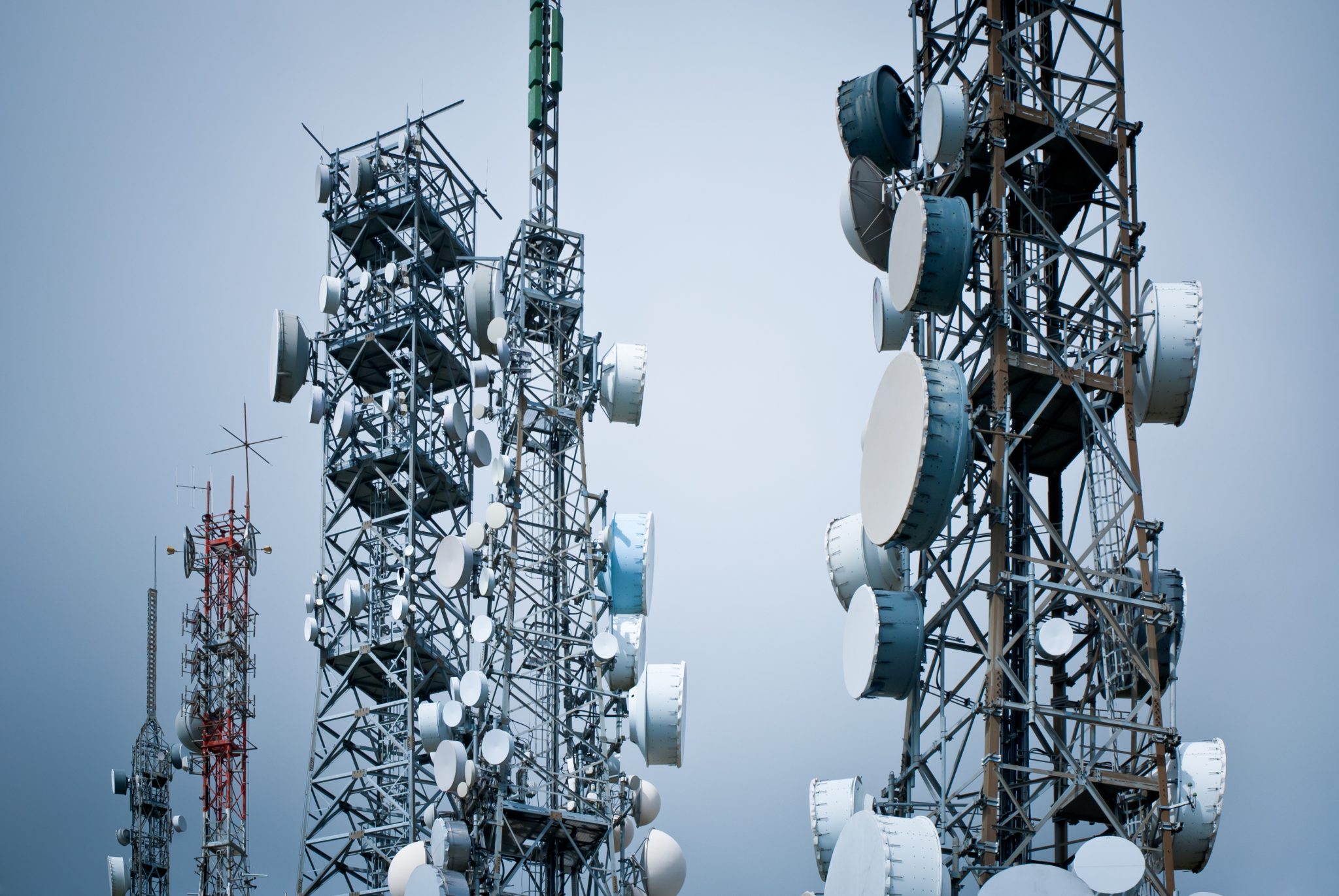If you've ever walked through a town and spotted tiny mini 5G cell towers on street light poles. They appear like tiny boxes however, they're actually transmitting wireless signals from mobile providers to your mobile.
These smaller towers are replacing larger built cell towers. Although they're not as visible but they can still create issues for users.
The Federal Communications Commission's Radiation Exposure Thresholds
The FCC's Radiation Exposure Thresholds determine the safe distance that an individual can be exposed to electromagnetic energy from wireless devices. The limits of exposure are based on scientific data which prove that electromagnetic energy can be harmful to human health.
The specific absorption rate (SAR) is an indicator of the amount of radiofrequency energy that is absorbed by tissue. It's typically 1.6 Watts per kilogram averaged over one Gram of tissue.
But, since 5g operates at higher frequencies and has the potential to create more energy on the skin as well as other body areas. This can lead to many potential harms, including exacerbated the development of skin conditions like dermatitis, skin cancer and cataracts.
Because of the potentially negative effects of 5G radiation, PSU has chosen to establish a general, localized limits on power density, which is 4mW/cm2 averaged across 1 centimeter, but not exceeding 30 minutes for all 5G services at 3000 GHz. This localized limit is consistent with the maximum spatial-average SAR of 1.6 W/kg averaged over 1 grams of tissues at six GHz.
The FCC's Maximum Exposure Thresholds
Have you ever used a mobile phone, then you've probably realized that the safest range from the tower should be at least 400 meters. This is because the power of transmission from cell towers increases drastically the farther you are from it.
Although this may sound like a good idea however, people living in close proximity to towers may actually be more prone to health problems. For example, a study from 2014 in India found that residents who lived within 50 meters of cell towers experienced significant more health issues than those who lived farther away from the antennas.
But, the study revealed that those who relocated to areas further away from cell towers noticed their symptoms improve within a couple of days. Studies have also demonstrated that exposure to extreme levels of radiofrequency electromagnetic fields (EMFs) can cause cancer, brain tumors as well as other health issues.
This is because radiofrequency radiation, used in wireless communication can penetrate the human body's exterior layer, called the skin. This is vital to be aware of because the skin acts as a shield against injury to the body, infection from pathogenic microorganisms, as well as the entry of harmful substances. Additionally, it is the biggest organ of the human body and is accountable for protecting other organs.
faraday hats for the Minimum Exposure

The FCC's Minimum Exposure Thresholds are based on numerous assumptions that are not supported by scientific research. faraday hat include the erroneous assumption that short-term exposures to RF radiations are not harmful because of the minimal radiation penetration in the human body (i.e. thermal heating of tissue).
The assumption also ignores the deeper penetration of the ELF elements of modulated radio signals as well as the effects of brief bursts of heat caused by RF pulses. These assumptions do not correspond with current understanding of the biological effects of RF radiation, and thus, they should not be considered for health protection exposure guidelines.
Additionally there is the fact that both ICNIRP and FCC limit the maximum limits of exposure to peak local SARs, based on the peak frequency of absorption (psSAR) which is not a sufficient dosimetric tool for determining the level of exposure to RF radiation. Particularly, psSAR is inaccurate for frequencies that exceed 6 GHz. In addition, psSAR is not been tested for RF radiation that is exposed to other environmental agents , such like sunlight. Interactions of RF radiations with different environmental agents could result in antagonistic or synergistic results. This could result in an increased risk of negative health adverse effects. For instance, exposure to RF radiation with sunlight may increase the risk of skin cancer, and may also exacerbate other skin diseases such as acne.
